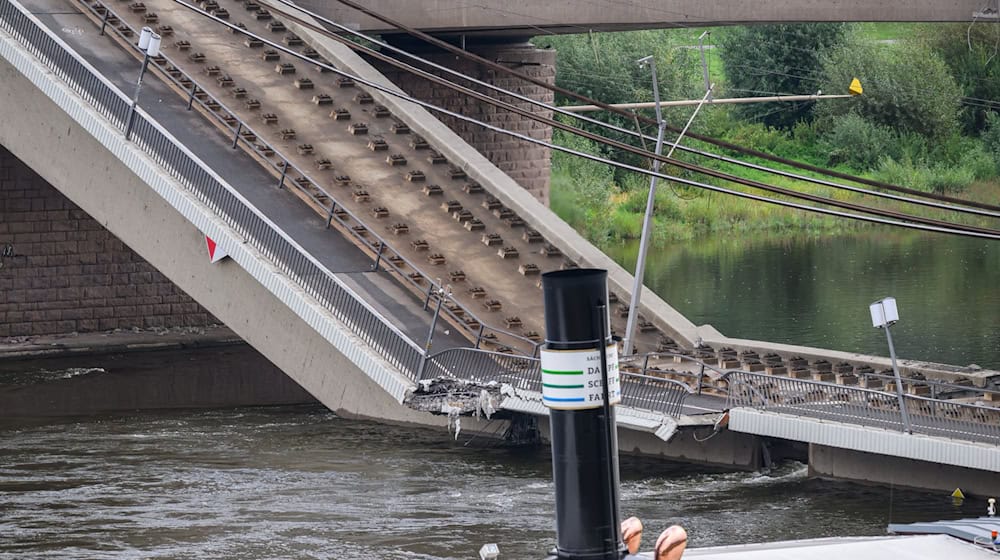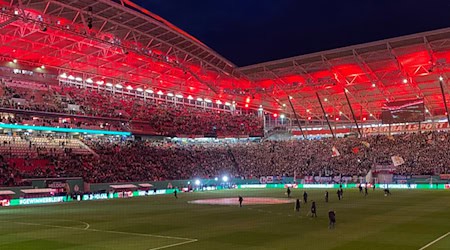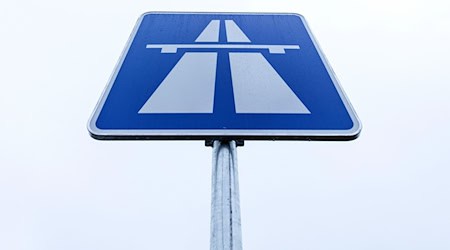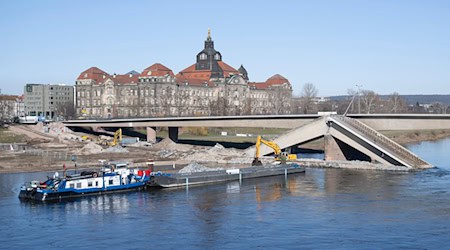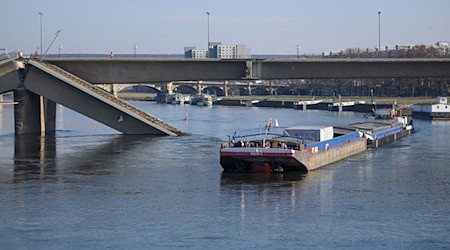Holger Kalbe, Head of the Bridge and Engineering Structures Department at the City of Dresden, suggested that the collapse of part of the Carola Bridge may have been caused by corrosion. During the GDR era, there was a massive influx of chlorides, Kalbe explained. At the point where the bridge section collapsed, there had previously been a transport company mast. It was possible that large quantities of chlorides had penetrated this area and led to corrosion of the reinforcement inside the bridge. The Carola Bridge, a prestressed concrete bridge consisting of three spans, has already been partially renovated. The collapsed third section should be renovated next year.
History of the Carola Bridge in Dresden
The first bridge, planned by Karl Manck († 1888), was built between 1892 and 1895 under the direction of Hermann Klette. It extended over a total of 340 meters and was designed for a 9.6-meter-wide roadway with a double-track streetcar line and 3.2-meter-wide footpaths on both sides. The bridge construction consisted of two piers in the Elbe and three power openings, which were spanned by six full-walled iron arches. The clear widths were 61.0 meters in the middle arch and 59.0 meters in the adjacent arches, with a low pier ratio of only about 1:14. In addition, two masonry arch openings were connected on the left bank of the river and four on the other side.
On the evening of May 7, 1945, shortly before the end of the Second World War in Germany, Waffen SS units blew up two of the three stream openings and two arches on the right bank to stop the advancing Red Army at Albertplatz. Due to the severe destruction, it was decided not to rebuild the bridge in its original form. In 1952, the remaining parts were dismantled and on March 7 of the same year, the remaining arched girders were blown up. The central pillars in the Elbe were only removed during the construction of the second Carola Bridge at the end of the 1960s.
The current bridge was built between 1967 and 1971 by VEB Brückenbau Dresden and has since formed an important north-south link in Dresden's road network, connecting Albertstraße in the north with St. Petersburger Straße in the south. It has four lanes for motorized traffic and a separate track for the streetcar. In addition to the lanes, there are also footpaths and cycle paths on both sides of the bridge.<br><br>The Carola Bridge is 32 meters wide and consists of three superstructures (bridge span A to C), which are designed as prestressed concrete box girder bridges with Gerber girders. The spans vary and reach 44 meters in the southern edge span and 58 meters in the first inner span. The bridge spans the Elbe with spans of 120 meters and 95 meters, while the northern end span has a span of 58 meters. The Carola Bridge was the prestressed concrete bridge with the largest span in the GDR and has a minimum clearance height of 6.61 meters.
Due to its historical and technical significance, the Carola Bridge was listed as a historical monument in 2022. From 2019, various maintenance measures were carried out on the bridge, including the widening of the footpaths and cycle paths. Carbon concrete was used for the first time in large bridge construction to create more space for pedestrians and cyclists. The renovation work on the individual bridge sections A, B and C was carried out in phases and was completed by 2024.
Unfortunately, a serious incident occurred on 11 September 2024 when the western bridge section C with the streetcar tracks and the footpath and cycle path over the Elbe collapsed over a length of around 100 meters. Fortunately, there were no injuries, but there was considerable damage to property and the district heating supply was temporarily interrupted.
Copyright 2024, dpa (www.dpa.de). All rights reserved

